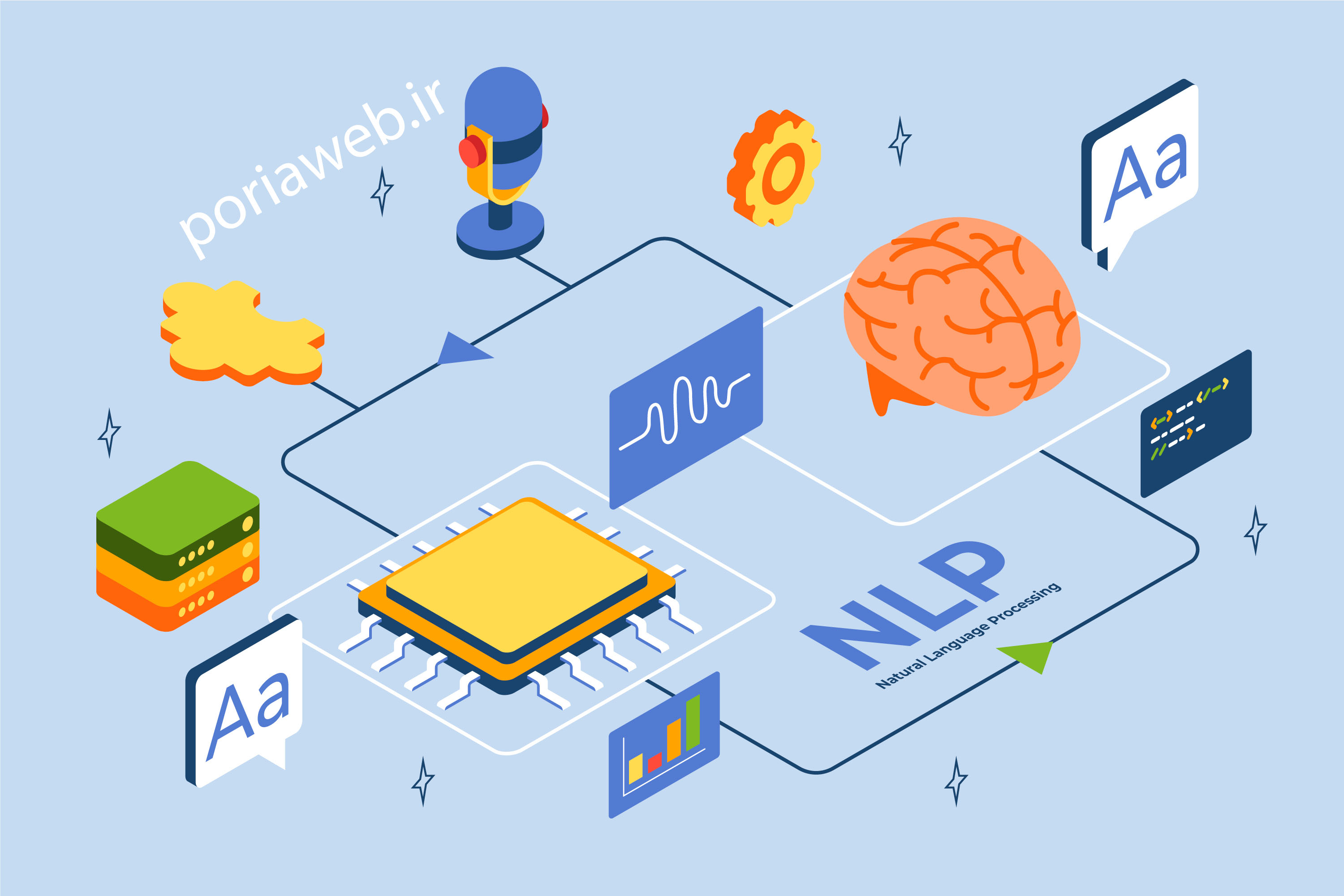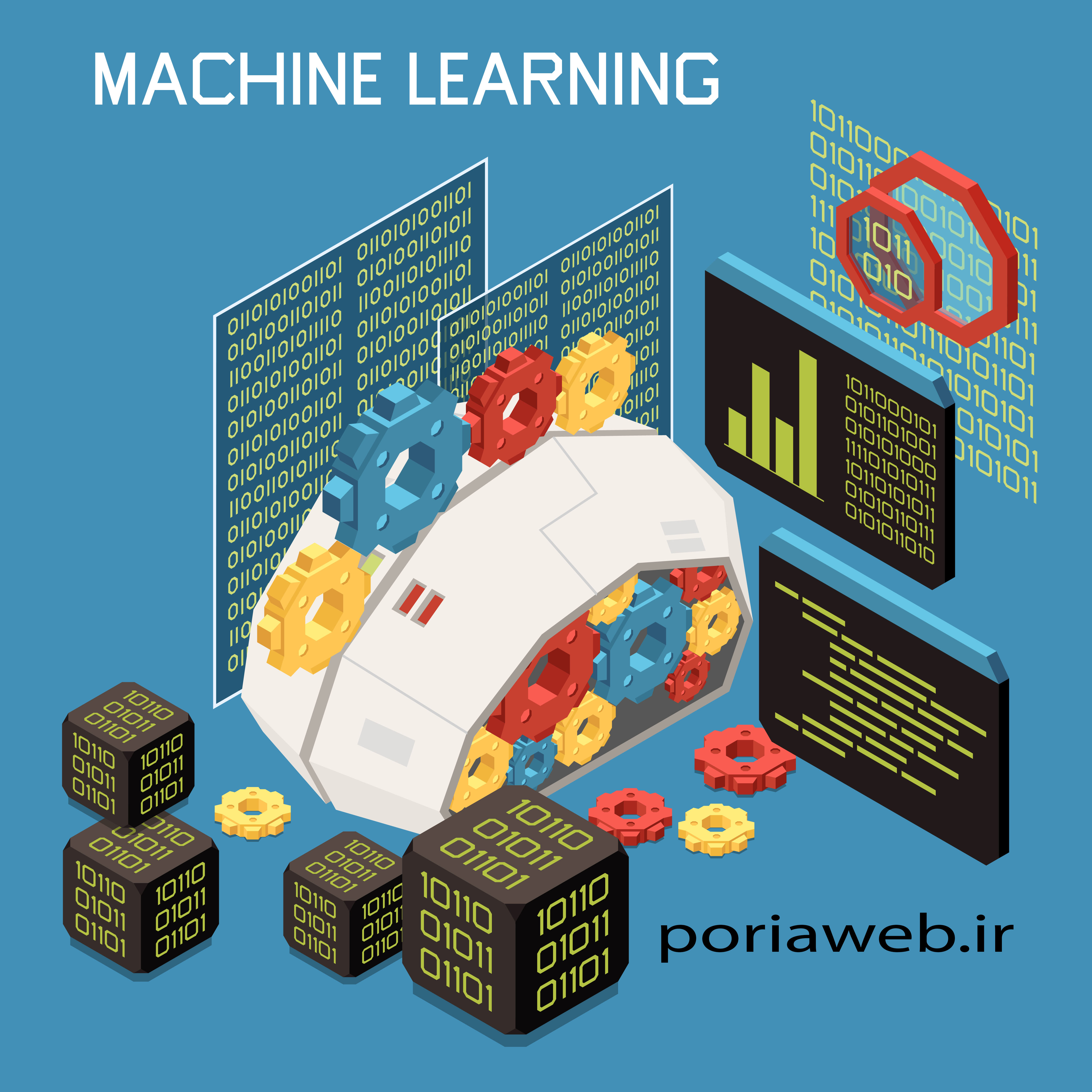
Recent Developments in Advanced Language Models : A Review of New Models and Their Applications
In the rapidly evolving field of artificial intelligence (AI), language models have seen unprecedented advancements over the past few years. These models, which use deep learning to understand and generate human-like text, have revolutionized various domains, from natural language processing (NLP) to automated customer support. This blog post aims to review some of the most recent developments in advanced language models, highlighting new models and their diverse applications.
1. Breakthroughs in Language Model Architectures
GPT-4 and Beyond
One of the most notable advancements in recent years is the introduction of GPT-4 by OpenAI. This model, the successor to GPT-3, boasts enhanced capabilities in understanding context and generating coherent text. With significantly more parameters and improved training data, GPT-4 delivers more accurate and contextually relevant responses. Its applications range from advanced chatbots to creative content generation.
Additionally, other organizations have made strides in language model architecture. Models like Google's PaLM (Pathways Language Model) and Anthropic's Claude have introduced novel architectures and training methods that push the boundaries of what language models can achieve. These models focus on improving interpretability and safety, addressing some of the limitations of earlier models.
2. Enhanced Understanding and Contextualization
Recent language models are not only larger but also more sophisticated in their understanding of context. For example, Meta's LLaMA (Large Language Model Meta AI) has demonstrated impressive capabilities in understanding nuanced prompts and generating contextually appropriate responses. This improved contextualization allows for more accurate and human-like interactions, enhancing user experiences across various applications.
3. Diverse Applications of New Language Models
Customer Support and Virtual Assistants
The advancements in language models have led to significant improvements in customer support systems. Modern virtual assistants, powered by these advanced models, can handle more complex queries and provide more accurate responses. Companies are leveraging these models to create intelligent customer service bots that can handle a wide range of customer interactions with minimal human intervention.
Content Creation and Curation
Language models have also transformed content creation. From drafting articles and generating marketing copy to creating personalized recommendations, these models are increasingly used to assist writers and content creators. Tools like Jasper and Copy.ai utilize advanced language models to help users generate high-quality content efficiently.
Education and Training
In the education sector, language models are being used to develop personalized learning tools and tutoring systems. These models can provide tailored explanations, generate practice problems, and even offer feedback on written assignments. By adapting to individual learning styles and needs, they enhance the educational experience and support student success.
Healthcare and Research
In healthcare, language models are being applied to improve clinical documentation, support medical research, and even assist in diagnostics. For instance, models are being used to analyze medical literature, summarize research findings, and assist doctors in generating accurate patient notes.

4. Addressing Ethical and Safety Concerns
With the advancement of language models, ethical and safety concerns have become increasingly prominent. Issues such as bias, misinformation, and misuse of technology need to be addressed. Researchers and developers are working on improving model safety by implementing better training practices, developing robust safety mechanisms, and promoting transparency.
5. Future Directions and Challenges
As we look to the future, the field of language models is poised for continued growth. Future developments may focus on creating more efficient models with lower computational requirements, improving multilingual capabilities, and enhancing the interpretability of model outputs. Challenges such as data privacy, ethical use, and ensuring equitable access to technology will remain critical areas of focus.
The advancements in advanced language models represent a significant leap forward in the field of AI and natural language processing. With new models pushing the boundaries of what is possible, their applications are becoming more diverse and impactful. As we continue to explore the potential of these technologies, it is crucial to address the associated challenges and ensure that these powerful tools are used responsibly and ethically.
Stay tuned to our blog for more updates on the latest developments in AI and language models. Feel free to share your thoughts and questions in the comments below!
writer : pourya mostafazadeh









